Bridges and Buildings
 Charles Besjak, Director of Structural Engineering at Skidmore, Owings & Merrill NYC (www.som.com) was our guest consultant and engineering expert. Mr. Besjak provided students with an overview of some basic engineering principles including the importance of how materials in bending work together in compression and tension to resist force. A significant principle in bridge design, whether paper, concrete, or steel, is to make sure that all components act in a monolithic way (in unison) to resist the applied loads (whether pennies or cars!). Students tested their paper bridge designs by loading them with pennies and counting how many could be supported before collapse. The students came up with an interesting range of designs - including net-like structures, tunnels and tubes, and accordion folds - several of which held as many as 200 pennies! Mr. Besjak discussed the pros and cons of each design, and illustrated several approaches for folding the paper (for strength) while making sure to connect the elements into a monolithic (single) structure.
And so concludes our semester of Creative Thinking! It has been a pleasure sharing this time with all of you and I look forward to continuing our journey of learning together.
The Mosaic Castle  The last class of the semester was indeed a cozy affair! While we had only three of our students in attendance this week, we thoroughly enjoyed assembling the final version of our beautiful Whipping Boy Castle. Kudos to all of our students for their work in summarizing the characters, setting, plot and conflict in the novel. And a special thanks to those of you that helped with the assembly of the pieces this week! We briefly discussed our final reading selection - Emil's Pranks - and then spent some time decorating our Literature Journals. These are blank books which I encouraged the students to use in several ways: to keep a running list of the books they read; to jot down notes about characters and story lines which they find interesting and fun; or even to write their own stories! It is such a wonderful feeling of accomplishment to look back over the many books you have enjoyed, and by writing down authors, book titles, favorite characters and story summaries, you will also find that you have numerous literary recommendations to pass on to siblings and friends, in addition to a memory book for yourself. We wrapped up our final Literature class with a classic read aloud - The Magic Thread from William Bennett's The Book of Virtues. In this french tale we are reminded of the irony of impatience - that only by learning to wait, and by the willingness to accept the bad with the good in life, do we usually attain those things that are most worthwhile.
It has truly been a pleasure spending the past 16 weeks with all of you. I hope your enjoyment of stories and books is a lifelong journey! "Math Magic and Probability and Game Theory, oh my!"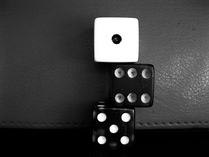 Our class of January 21 had us guessing and strategizing! I performed three different "magic tricks" involving consecutive numbers and patterns and challenged the children to discover the method behind the madness. The first two involved averaging and algebra (!), although we did not get bogged down in formulas, the students were able to recognize and understand that we were applying a formula to solve the trick. The last was truly a "trick" that required them to spot patterns -- they were able to see the solution within about three or four minutes of studying the problem. I think after 14 classes they have just about figured me out! If your kids would like to see some math magic performed by a real "mathemagician" you can visit young Ethan Brown's website, it's truly incredible stuff! We then played three different games of chance which introduced the students to the concept of probability, and while discussion of probability calculations would have been out of place here, we enjoyed trying to predict what might happen given certain scenarios. Mostly we were wrong, and that's ok! We wrapped up the day with a little discussion of game theory. We heard a scenario and then played a game, in pairs, that illustrated the story. It was great watching the kids figure out what the strategy should be after a couple of rounds! In our final game, tootsie rolls were on the line, and thankfully won and not lost. Lastly, here's a fun game for you -- have you ever played "Tower of Hanoi?" A good game of strategy and elimination. Enjoy Hanoi! The Study of Topology Click photo to learn more about Mobius Strips Click photo to learn more about Mobius Strips Our last class! Hard to believe that our time together is at an end for now, but here we are. Before today's class began, I asked the students to tell me something they had learned this semester that they didn't know before. Not surprisingly, they gave very concrete answers such as Pascal's Triangle and paradoxes. I told them what I hoped they would take with them was a sense of exploration -- of not being afraid to spend time thinking through all possible answers, and that sometimes we can be presented with problems that have multiple solutions. The problem is not considered solved until all solutions are found! We spent much of today discussing surfaces, vertices, sides and edges, and playing with Mobius Strips. Many children are familiar with these strips that seemingly have just one side, but today we attempted to predict what would happen if we cut the strips into certain configurations. For example, if we cut a Mobius strip down the middle, what happens? (You have one loop with four half twists, the new loop is twice as long and half as wide!) Next, what happens if you make another loop and cut it 1/3 from the edge? We had some technical difficulties with this one, which I later realized resulted from the ends not being securely fastened (big problems, simple answers!). If your student would like to try more at home, here are the problems and expected results: All strips should be 11" long and 1" wide: Make a Mobius Strip (a strip of paper with a half twist securely fastened at the ends with tape) and cut parallel to the edges about 1/3 of the way from one edge. What will happen? (You get two intertwined loops, one is the same length as the original but only 2/3 as wide, the second has four half-twists and is twice as long and only 1/3 as wide as the original). Make a loop with two half-twists and cut parallel to the edge in the middle -- what happens? (You get two intertwined loops half as wide and same length as original, both with two half-twists. Now, for the really brave, cut each of those loops in half again -- what happens now?) Here we are with our collection of Mobius Strips!  Our last challenge for the day was to make five separate objects with a different number of surfaces or "faces;" including 6 faces, 4 faces, 3 faces, 2 faces, and 1 face. One or two of them stumped us, but we came up with some good solutions that I share with you here. I look forward to continuing to watch your children learn and grow each Monday! Thank you for a great semester!
What we learned and other things...As I look back at my notes for the first day of class on September 17, 2012, I'd like to share what our original goals were for the semester:
We learned the difference between a feature article and an editorial, and practiced writing both. Many times we succeeded. Sometimes we missed the mark and tried again. We learned about the inverted pyramid style of news writing and identified its use in a major newspaper. We designed a flag and named our paper, "The Mosaic Monthly." We defined news and discussed what purposes publications serve. We welcomed two special guests to our classroom and interviewed them asking only open-ended questions. We started learning J-Jargon (the vocabulary of the business) and how to write a news story using the 5 W's & H. We learned the differences between copy-editing and proof-reading and why both are necessary. We sold ads for our paper. We defined attribution and how to use it correctly in a news story. We talked about missing voices in a news story and how to find our voice when writing a feature article. We discussed bias and perspective and the differences between them. We planned, we poured over layouts, we set and met deadlines. And we published three issues of our paper, not two. But most importantly, WE HAD FUN. At least I did, anyway. I hope they did, too. I'll always remember this time spent exploring something new and unfamiliar. I'm sure I learned more from them than they did from me, or maybe we just learned a lot together along the way. No matter, we are all better and wiser and braver for the experience.
As I told the students in the final issue, "Don't be afraid to take chances with your writing, be bold." I hope they continue to write for the pleasure of writing, to take chances, and to be unafraid of criticism. There will be many more opportunities for growth on the road ahead. I look forward to our next steps together. See you next week! 16.8 Million Kernels!  The final numbers are in and they are BIG! After much measuring, converting and comparing, our class has determined that it would take 16,837,632 kernels of popcorn to completely fill our classroom .... more or less. (: This amazing estimate is based on a room size of 3,248 cubic feet and an estimated 5,184 kernels of popped corn per cubic foot. Does anyone care to validate? More on Estimation... We continued flexing our estimation muscles by tackling the classic "how many jellybeans in a jar" problem. Rather than jellybeans, I gave the students two different sized jars filled with multi-colored glass beads and asked them to guess how many beads were in each jar. Most students initially just guessed, or computed a rough estimate based on counting how many beads covered a certain area of the jar and then extrapolating. We went on to discuss a more mathematical approach which uses the formula for the volume of a cylinder (handout found here). Essentially, this involves counting the number of beads that form a circle around the base of the jar to get a circumference, using that number to compute a radius, finding the area of the base of the jar (in bead units), estimating the height of the jar as number of beads, and then computing a final volume of beads. This not only provided the students with a good review for computing area of a cylinder, it also allowed them to see that with just a little more effort, their estimates could be greatly improved. Most initial guesses were far off the mark, whereas many of the volume estimates came within 15% of the correct number of beads. Students went on to estimate the number of mini tootsie rolls in a plastic box using the formula for volume of a cube. And then of course enjoyed the fruits of their labor by partaking in a few of the chewy treats! In addition to employing these basic volume calculations to improve our estimates, we also discussed the challenges of estimating irregularly shaped items (such as the glass beads and the tootsie rolls) versus more uniformly shaped items (such as marbles). So, the next time you find yourself facing a "jellybean jar" challenge at your local library or museum, remember these estimation tips and you may just win that itunes gift card! Wrapping up with Rubik
Next Week - Final Class! Sadly, next week will be our last class meeting. Students were sent home with a building challenge - to design a paper bridge capable of supporting the weight of 100 pennies. Make sure you work on these at home and perfect your designs. You must recreate your bridge in class and prove that your design is structurally sound and will not buckle under the pressure! We will also have a surprise building challenge - and who knows, there may even be a prize at stake...
Good luck and have fun! We wrapped up our unit on The Whipping Boy in class this week with a round-table discussion of the second half of the book. Students worked for about half the period on completing their sections of the Whipping Boy Castle artwork. We decided it would be fitting to decorate the castle exterior in a variety of intermingled colors - much like a mosaic! Next week we will mount the completed castle on poster board and display it in the classroom. Look back here next week for a photo of our students with their beautifully designed literary castle! Once Upon a Time...
Our Last Book!
"It's all over but the shouting..."Our final deadline for The Mosaic Monthly is upon us! All articles must be sent to me no later than midnight tonight -- Tuesday, January 22. We went around the room yesterday after our layout session and made sure everyone was aware of what articles and/or images they were responsible for sending. If anything remains unclear, questions should be asked TODAY!
I still need student fairy tales for our booklet -- I do not have everyone's yet. If I can manage to get everything together, I will have it printed up and distributed after the semester break. Yesterday, we spent some time re-visiting what makes a great feature article. Many students had some problems with feature articles the first time around, so we're having another crack at it! Students closed their eyes and for five minutes envisioned the most interesting thing they have ever experienced. After the five minutes, we broke into groups of two and described our interesting experience to our partner for five minutes, without stopping. After stories were shared, we returned to our desks and wrote our stories, again without stopping, for five minutes. Stories are to be finished at home this week and brought in next Monday, where we will read them to our partners and go on to the next phase of the exercise. Hopefully, they will understand that feature writing is really just great newsworthy story telling in disguise! Next week: J-Jargon Final Challenge! There may be a gift card prize involved for the winner. A Whole Lotta Popcorn! So, the question remains: Just how much popcorn would it take to fill our classroom? Students continued their analysis and discussion of the "popcorn question" in class this week. Our two groups came together to compare notes on their independent measurements of room size and the overall space that the popcorn will need to occupy. Having taken measurements of the room dimensions in a previous class, students worked on subtracting out the space occupied by certain immovable components such as cabinets, shelves, and ceiling soffits before computing an overall room volume. One important objective of the project is to observe how similar (or dissimilar!) the approaches, measurements, and final estimates are between two groups working independently. The process has provided some basic, worthwhile lessons so far:
The Value of Knowing How to Estimate  For students, the question may arise at this point - exactly why should we care how much popcorn fills the classroom? Well, I'm glad you asked! It turns out that many seemingly inaccessible questions such as these arise in our everyday, academic, and professional lives (or will - somewhere down the road), and therefore cultivating a working knowledge of how to make sound estimates is an important aspect of what is required to become a good problem solver. How much money will I need to save to pay for a full college education? How many bricks would be needed to construct a building of a preferred dimension? How much breathable air is contained inside a sealed room of a given size? How many people could survive inside and for how long? How much agricultural land is required to feed a family of 5? 100 people? a nation? If everyone in the country needed to be inoculated against a virulent strain of the flu, how quickly could this be accomplished? These and an infinite number of other varied questions and problems require us to make well-informed decisions based on a chain of reasoning, estimation, and calculation which require skills you are asked to use in the popcorn problem:
So, while we may never actually need to fill a classroom full of popcorn (as fun as that would be!), students should recognize that the process of determining how we might do so develops and broadens our critical thinking and problem solving abilities in a variety of ways that truly are relevant and valuable. See you all next week! 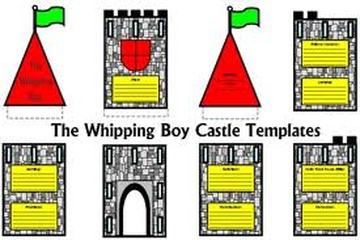 We began our discussion of The Whipping Boy (Chapters 1 - 10) this week with a read-aloud from The Children's History of the World to provide students with some background on the setting of the novel - Medieval Times. Students then answered a series of reading comprehension questions and discussed the main characters and plot of the story, as it has unfolded thus far in this amusing and action-packed tale. We will continue to review the literary elements that we have been discovering and studying all semester in order to reinforce our understanding of each and to ensure that students can articulate the definition of these terms, and most importantly - understand how to uncover them in a novel.
Journalism Students, here are this week's reminders:
 Stock photo (any resemblance is coincidental) Stock photo (any resemblance is coincidental) Yesterday, after a discussion and exercise on what makes a good news story, we had a special guest for the last 20 minutes of class. His journalism background includes being the former Editor-in-Chief of the award winning "Re-Marker" -- the school newspaper of St. Mark's School of Texas, winner of the "Golden Pen Award" from the Dallas Morning News for an essay on the banking crisis in the late 80's, weekly financial columnist for the Saratoga News, World Net Daily columnist, and TabForum contributor (a leading site for financial technology). Today, he blogs daily on subjects such as politics and economics. Mosaic parent, John Harris, spoke to the students about how to overcome two of their biggest challenges -- choosing topics and writing more content than they think possible. He touched on ideas that we have covered this semester -- writing about what interests you and being more aware of current and/or local events so that you have something to write about! After his talk, each student asked John an open-ended question. After leaving class, John wrote to a journalist-friend in California that, "There is hope for the future." I think so, too. |
Categories
All
Archives
May 2016
|

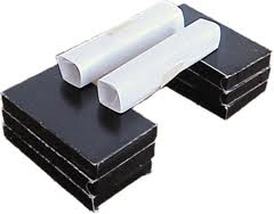

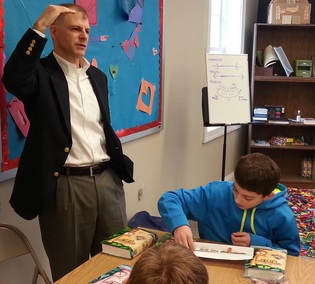
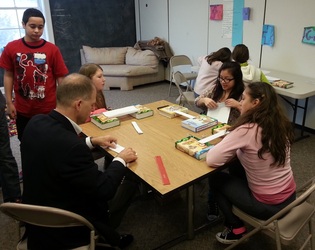





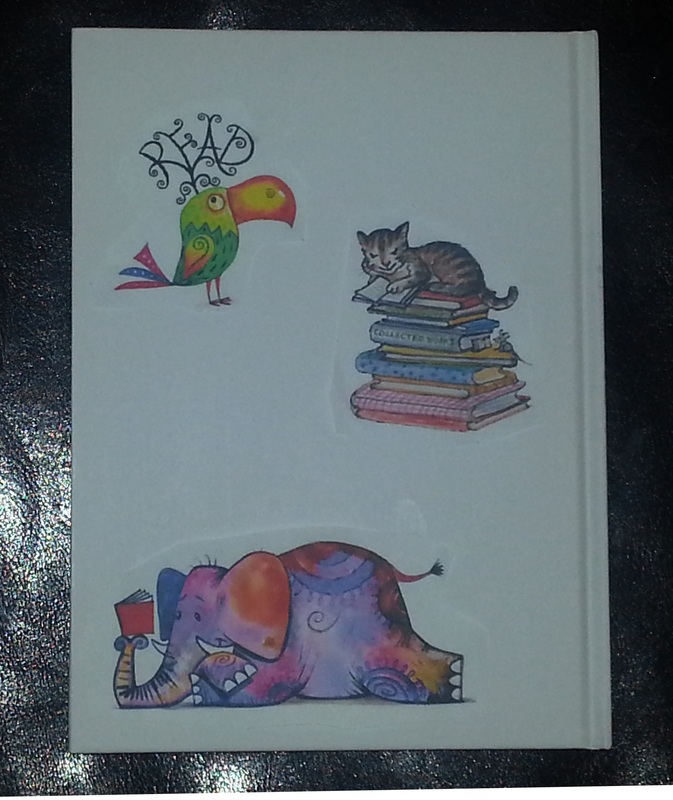
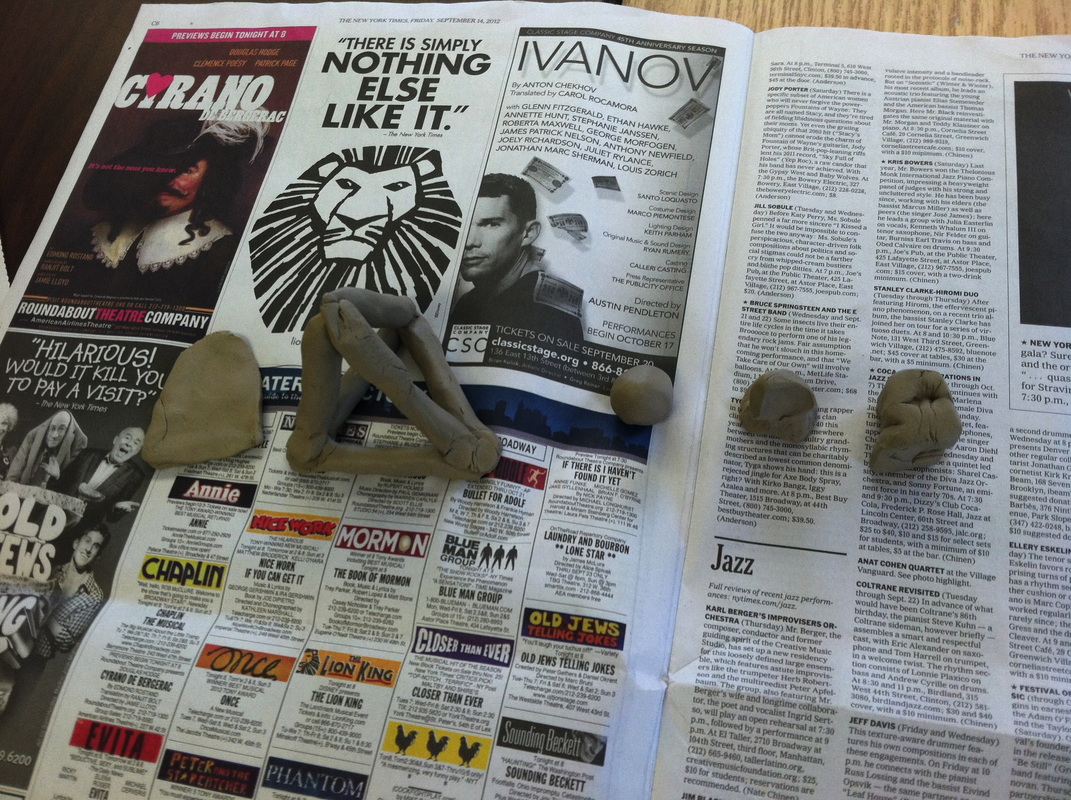











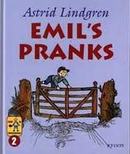





 RSS Feed
RSS Feed